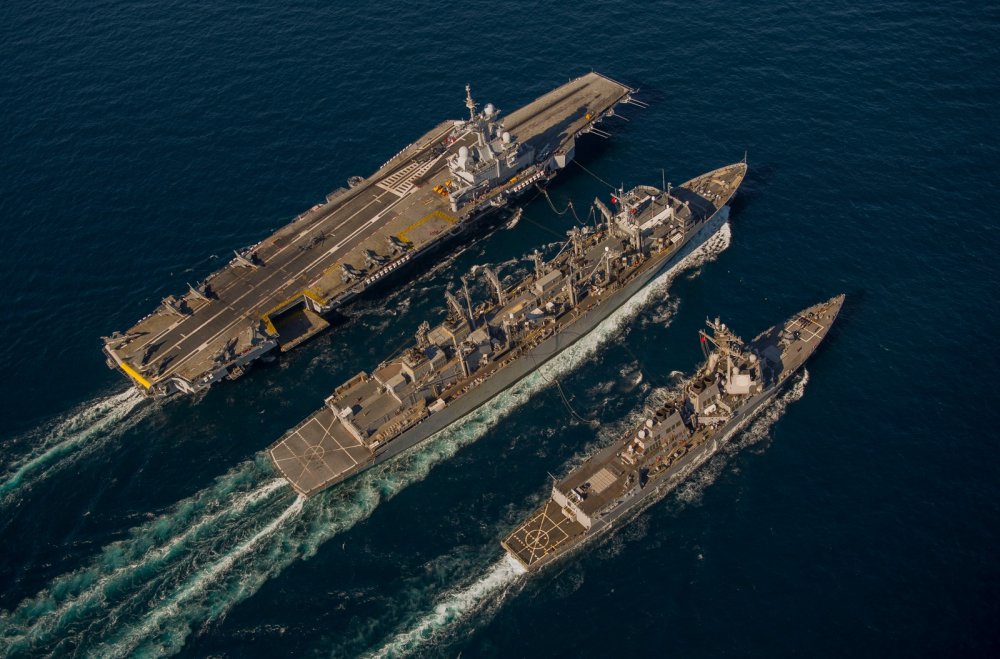
As long as they serve usefully in that role, nations will seek means to neutralize them. The aircraft-carrier form has proven remarkably flexibly, serving in one way or another for nearly a hundred years. From the USS Forrestal on, the U.S. Navy supercarrier has existed in basically the same form since the 1950s, and is expected to continue operating into the latter half of the twenty-first century. At some point, the game will be up; carriers will no longer pack the offensive punch necessary to justify their vulnerability. It’s not obvious when that day will come, however; we may only find out after the destruction of one of the Navy’s prize possessions.
We know how to kill aircraft carriers—or at least we know how best to try to kill aircraft carriers. Submarine-launched torpedoes, cruise missiles fired from a variety of platforms and ballistic missiles can all give an aircraft carrier a very bad day. Of course, modern carriers have ways of defending themselves from all of these avenues of attack, and we don’t yet have any good evidence of the real balance between offensive and defensive systems.
But what of the future? How will we plan to kill carriers thirty years from now? Here are several of the problems that the next generation of aircraft-carrier architects will need to worry about.
Undersea Unmanned Vehicles
Submarines have long posed the deadliest threat to aircraft carriers. In World War II, every major carrier fleet suffered losses to submarines; in the Cold War, the U.S. Navy viewed Soviet subs as a critical problem. Against modern antisubmarine warfare capabilities, the biggest difficulties faced by a submarine involve finding a carrier, then getting into firing position (with either missiles or torpedoes) before the carrier’s aircraft and escorts can detect and kill the sub. If the boat’s commander isn’t suicidal, finding a potential avenue for escape is also an issue.
Unmanned submarines solve several of these problems. They can wait indefinitely along the likely avenues of approach, only moving to attack after they detect the carrier. And robot submarines don’t worry too much about how their families will manage once they’re gone. Armed with only a few weapons, undersea unmanned vehicles, operating autonomously under preset conditions, could give future aircraft carriers a very serious headache.
Aircraft carriers already consist of a terrifyingly complex system of systems, from the ship itself to the air group to the escort task force. The Ford-class CVs will expand this even farther, operating as part of a system of weapons and sensors that can span across hundreds, even thousands, of miles. The digital linkages of this network will be well protected, but hardly impermeable; it is likely that any foe will take steps to attempt to disrupt and compromise the computer systems that allow the Fords to have the greatest effect.
Unmanned Aerial Vehicles
Autonomous UAVs, capable of using both stand-off and close-range weapons, have the flexibility to overwhelm air-defense networks, especially when they don’t need to worry about the survival of their pilots. They can dispatch weapons at various ranges, then close with the target and use themselves to inflict fatal damage on the carrier. There’s nothing in the world more dangerous than a robot with nothing left to lose. . . .
